10 Ways to Detox Your Home
Written by: Edie Horstman (TULA- Wellness)
For better for for worse, there’s one thing many of us have in common right now: we’re spending a lot of time at home. It’s also spring (hallelujah), which means spring cleaning is upon us. It’s time to open the windows, store our winter boots, and take inventory of what’s in our homes.
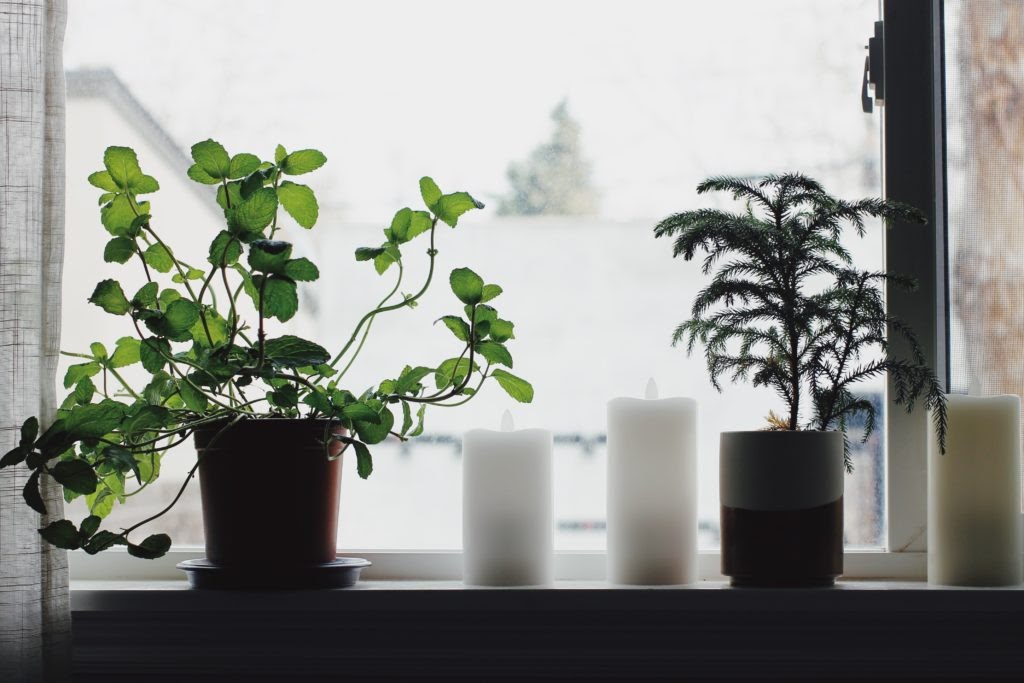
SIMPLE SWAPS
Greening your space is much less daunting than you’d imagine. In essence, it’s less about detoxing and more about making simple swaps to create a healthy, thriving home. On a daily basis, we’re exposed to an exponential number of environmental chemicals — an amount that has steadily increased over the past few decades. From building materials to household products, toxins are present in the air we breathe and the surfaces we touch. Over time, this exposure contributes to things like chronic disease, endocrine issues, and other unwanted health issues. And while we are far less capable of controlling toxins outside our walls, we can consciously choose to remove pollutants within them.
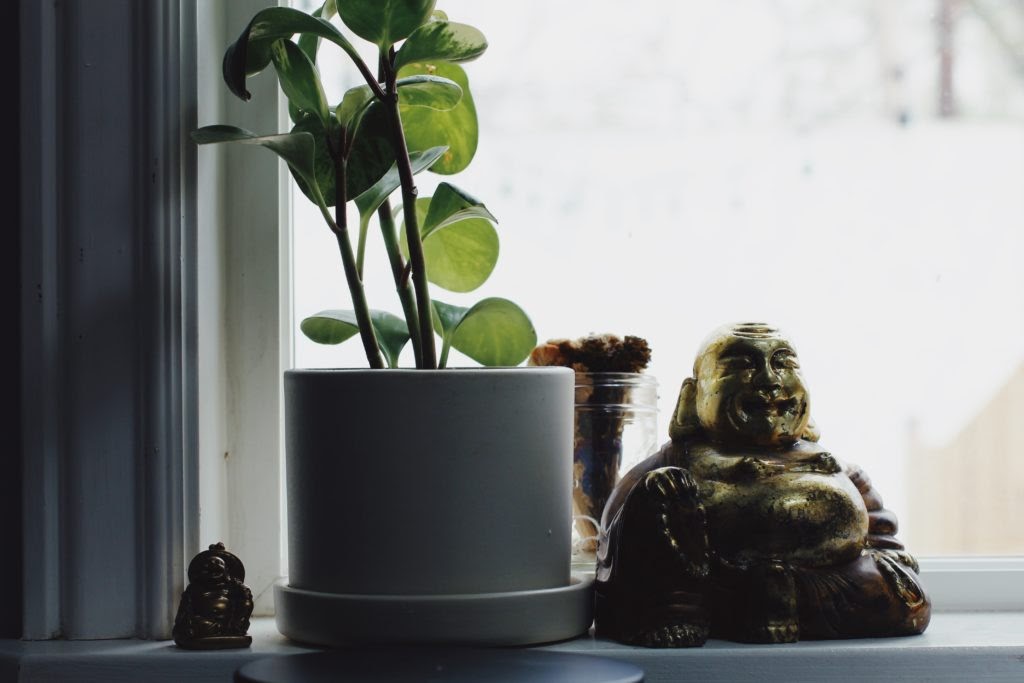
FRESH AIR AND CLEAN FLOORS
The easiest way to begin? With your shoes. Upon entering, implement a “no shoes” rule. For the shoes you wear most often, leave them by your front door (or store them away in a hallway closet). No need to leave a trail of germs. Next, your windows. If possible, open them for hours at a time — or in the very least, 10 minutes. Open windows prevent mold and humidity from forming, remove dusty, stale air, and even encourage higher serotonin levels. Fresh air is a beautiful thing.
The third way to remove toxins from your air is to change your furnace and air conditioner filters. If you have AC, you can change this filter every month (or up to every six months). A good rule of thumb for your furnace: change it when it’s visibly dirty. For most homes, that’s once every winter. Onto cleaning. When possible, opt for natural cleaning products. Even better, DIY. A few of my favorite non-toxic, sustainable cleaning brands are Branch Basics, Dr. Bronner’s, Method, and Mrs. Meyer’s. My favorite, though, is Puracy! Most of these brands make hypoallergenic, natural laundry detergent as well. In that same vein, wool dryer balls can be used in lieu of dryer sheets (which contain harmful chemicals).
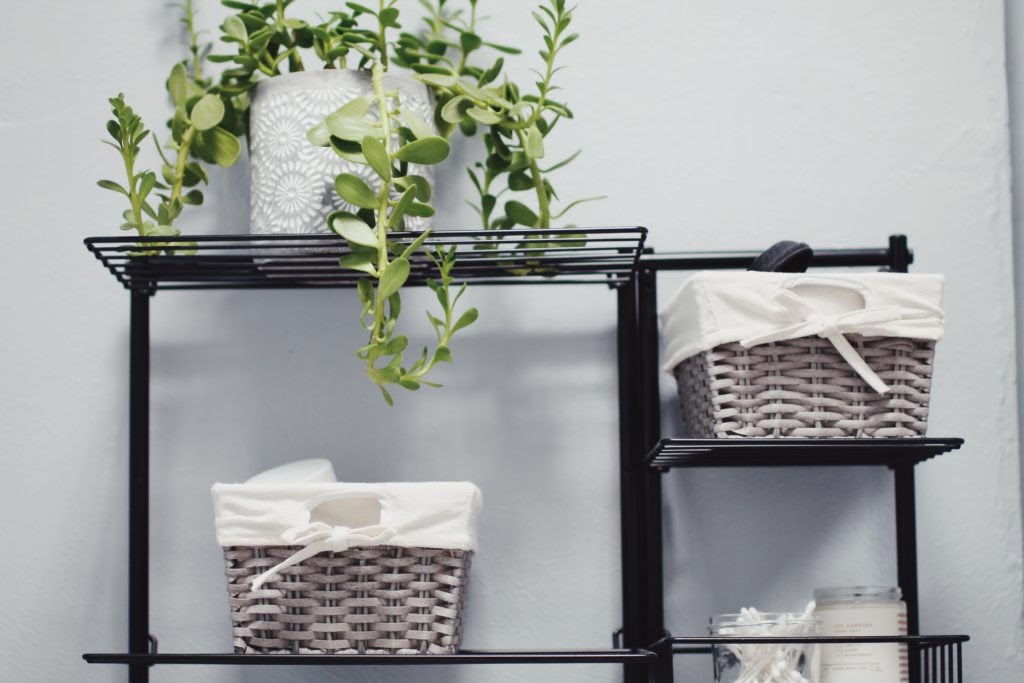
PLASTICS AND PLANTS
Fifth, open your cupboards and take a look at your tupperware and storage bags. Do you have mostly plastics? Use a lot of sarane wrap? From Stasher Bags and mason jars, to silicone can covers and beeswax wrap, eco-friendly alternatives are endless. Specifically, see if your plastics are marked with a number 7. If so, they contain BPA. BPA is a xenoestrogen — a known endocrine disruptor — which can wreak havoc on hormones. BPA can also live in the lining of cans, so when possible, opt for cans that specify they aren’t lined with it.
Sixth, let’s talk indoor plants and herbs. Beyond adding color and beauty to your space, most indoor plants absorb toxins from the air. They’ll all increase humidity and produce oxygen in your home, too. The Sill is my favorite online store to shop plants and pots. That said, here’s a fun, affordable way to ‘shop’ for your plants. Whether placing them in your bedroom or kitchen, there are plenty of low light plants that thrive in various rooms and living spaces. Speaking of the bedroom, switching to organic bedding / mattress is the seventh way to detox your house. Not only is organic bedding better for the environment (no synthetic chemicals or pesticides are used), but it’s safer on your skin and tends to be much softer than its conventional counterpart.
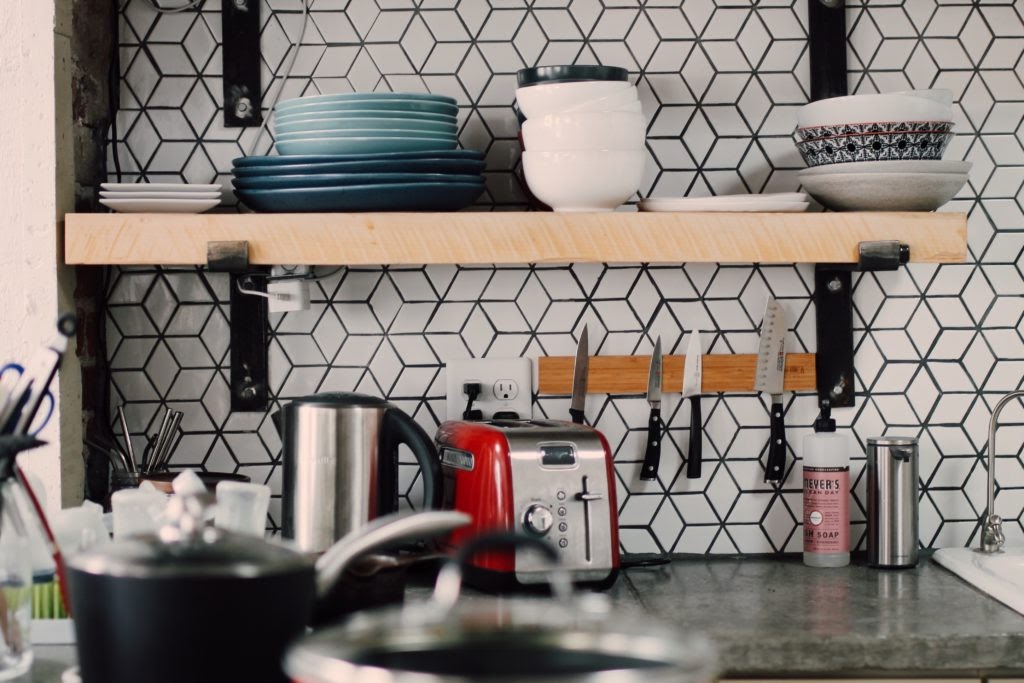
CLEAN WATER AND HOME GOODS
Next, water. The best way to remove unnecessary contaminants from your tap is with a water filter. While we have a Berkey — and love it — it’s much higher on the price scale. In the very least, removing lead with a cost-effective filter is ideal. There are a variety of options, from fridge filters to pitchers, and you can even add one to your shower head. This will remove chemicals, like chlorine, as you rinse off.
Ninth, let’s dive into home goods. If you’re in the market to upgrade your furniture (an investment that likely isn’t happening in the current times, but…), opt for eco-friendly and sustainably-made products. Popular retailers, like Wayfair, Crate and Barrel, and Pottery Barn indicate which items are sustainable and chemical-free. Of course, there are also plenty of boutique companies and antique shops offering beautiful, non-toxic furniture and room decor. Plus, shopping local is an easy way to reduce your carbon footprint.
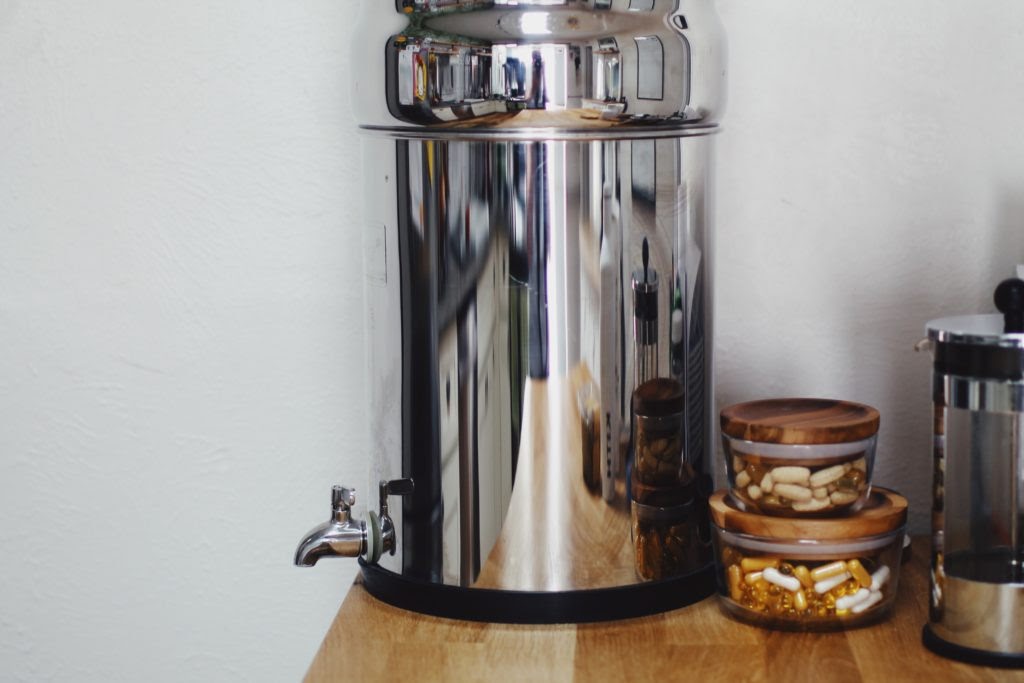
Last but not least, say sayonara to artificial air fresheners and scented candles made of paraffin wax. Unfortunately, most candles are made of paraffin wax — a type that leaches toxic chemicals into the air. When in doubt, choose candles made of soy wax and beeswax. I love Otherland candles. Diffused essential oils are a great alternative, too.
I hope this list is a helpful / non-overwhelming start! Cheers to a happy, healthy home.
Edie Horstman is an Integrative Nutrition Health Coach, freelance writer, and advocate of practical wellness. For wholesome recipes, thoughts on motherhood, and how to live sustainably, head to her website, Wellness with Edie.
